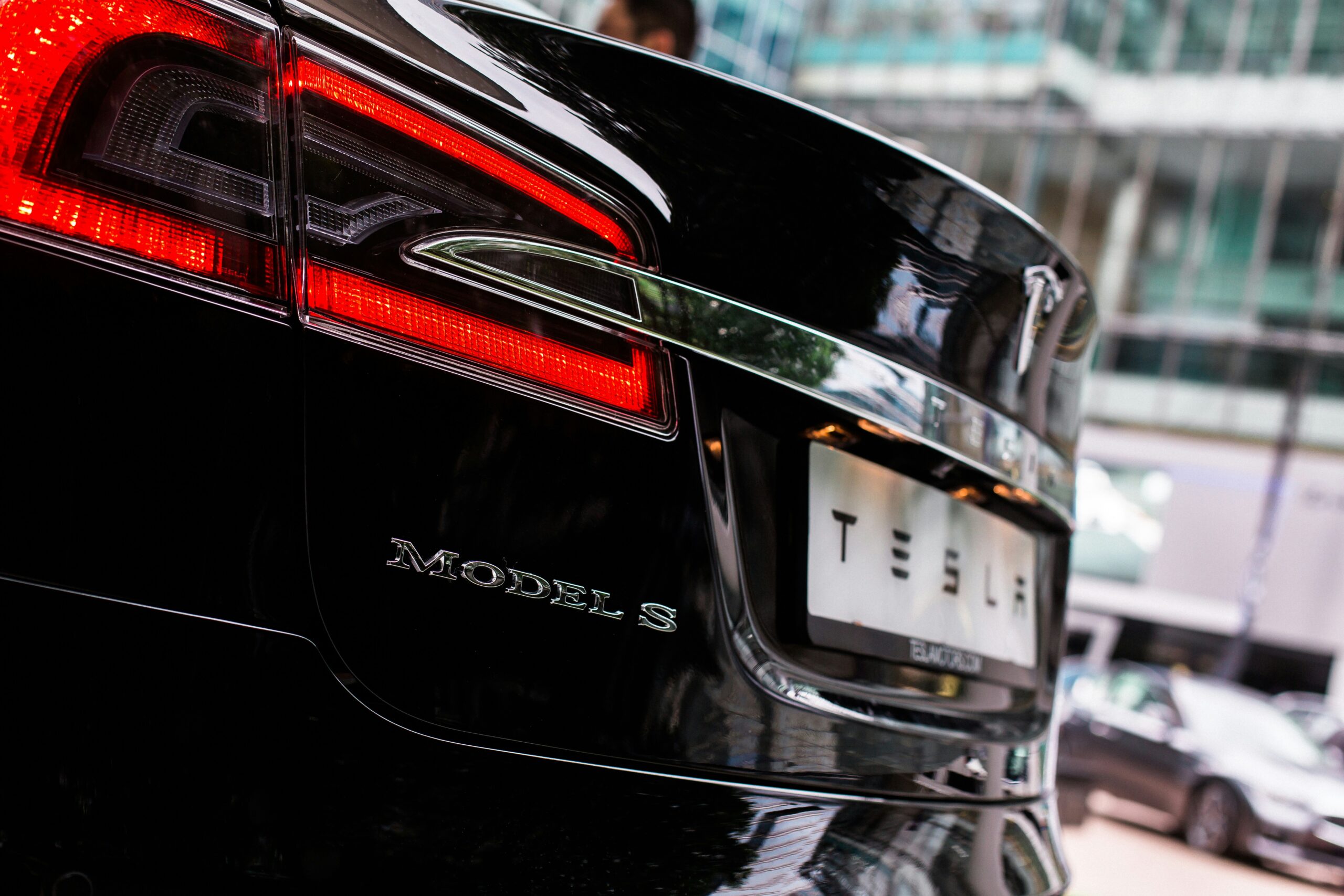What’s Really Slowing Down EV Adoption in the U.S.? Hint: It’s Not Just the Range
In the almost 10 years since it became cool to have an electric vehicle, the sale of EVs has doubled and even tripled. On the face of it, technological advancement in automotive vehicles is being welcomed with open arms.
However, recent data from the Alliance for Automotive Innovation suggests otherwise. According to their 2025 Q1 EV market report, the adoption of electric vehicles in the United States has slowed down considerably in the past year. From a staggering growth of 30% between 2022 and 2023, the growth recorded in 2024 was a measly 10%, and industry leaders like Dan Ives, tech analyst at Wedbush Securities, fear the decline may continue.
It all begs the question, why the regression? If LLMs and AI are proliferating by the day, why are EVs in decline? The first possibility that comes to anyone’s mind is range. And for years, EV critics and market professionals have pointed fingers at the limited mileage one gets from a single charge when compared to the full tank of a gas-powered vehicle.
But the short and simple fact is that EVs have come miles from the level of technology that existed in 2015. Now, the average range of an EV on a single charge is 300 miles. Almost 10 times more than the average mileage that US drivers use daily. Better still, newer models like the Lucid Air Grand Touring have defeated the odds and stretched the range to over 500 miles.
If most EVs on the market can go the distance, why are sales pulling back? The truth is, there are less obvious barriers to the adoption of EVs, and most of these are not as easy to fix.
Price Still Isn’t Right
In the past year, major EV manufacturers have reviewed prices, with brands like Tesla and Ford experiencing major price cuts to boost sales. On one hand, that should be enough to bring EVs outside the realm of the American dream.
On average, the transaction price for an EV according to Cox Automotive sits around $53,000, with more luxury models being sold for $70,000 to well over $100,000, depending on the brand and trim level. When compared side by side with the gas-powered cars that cost anywhere from $5000 – $10,000 lower, it’s hard to see the appeal.
Manufacturers can argue that EVs are the better choice when maintenance and gas prices are factored in. But not every buyer is looking that far into the future. For most new or first-time car buyers, what comes first is price, and then functionality. Where the price tag on a car is too high, most buyers don’t stop to consider the functionality or other benefits that might come with the purchase.
EVs might be getting cheaper as time progresses, but the simple truth is they still aren’t cheap. To most Americans, navigating economic uncertainty with tariffs raising prices, they are still a luxury item.
Charging Is Still a Hassle
A major selling point for EVs is the mileage a driver gets out of a single charge. The other side of that, which poses an issue, is how accessible getting that charge really is. According to the U.S. Department of Energy’s Alternative Fuels Data Center, there are roughly 174,000 public EV charging ports across the United States as of early 2025, but only 20% are fast charging units. Hardly any driver wants to spend over 5 hours of their day waiting for a car at a charging station.
The rational solution would be to set up a home charging station and plug the vehicle in overnight. But when you consider that 1 in 3 people live in rentals and densely populated areas like New York without private garages, that isn’t so attainable.
To really sweeten the deal, charging needs to be as easy as filling the gas tank. Otherwise, the cons outweigh the pros, and adoption will continue to decline.
Hybrids Are Winning the Middle Ground
EVs are all the rage right now and in the midst of that, hybrids are increasingly becoming the more popular choice. In 2024, hybrid vehicles took up to 10.6% of the U.S light duty vehicle sales, outpacing BEVs, whose adoption has declined in the same time frame.
Simple reason is that hybrids are to many consumers, the safer bet. The blend of technology in hybrids manages to bridge the gaps that exist with EVs. So where consumers are concerned with charging infrastructure they have the choice of when and how to power their car. On top of that there’s no need worry about range when there is gas as a backup.
Price is also a factor. Hybrids tend to sell at cheaper rates, with the average hybrid model from reliable brands like Toyota selling at around $31,000, depending on trim and features. Manufacturers are catching on and joining the train. Toyota for example is in talks to launch a RAV4 vehicle as a hybrid or plug in hybrid. Other brands Ford, Honda and Hyundai are expected to follow suit.
Mixed Signals from the Market
The issue of adoption goes beyond just sales and car prices. Its real source is the market, and nothing is as it seems. While EV prices are dropping, automakers appear to be dialing back on operations.
For instance, Tesla made efforts to cut back the prices on some of their models, while automakers like Ford have scaled back battery investments, and GM pushed back production timelines. The new approach they seem to be taking is with hybrids and traditional vehicles. This doesn’t leave a lot of confidence in the buyer about the benefits of investing in an EV.
The administration isn’t helping either with the new tax bill repealing the $7,500 federal tax credit for electric vehicle purchases. The bill also imposes annual registration fees of $250 for EVs, which will go towards road maintenance funds from gasoline taxes.
All of this can lead to buyers wondering whether eEVs are more trouble than they’re really worth.
What It’ll Take to Turn the Tide
It’s safe to say the decline in EV adoption isn’t solely about range. It’s about all the factors that are worth considering in the market. Prices and infrastructure make them inaccessible, while policy changes and manufacturers themselves introduce uncertainty into the market.
Buyers aren’t looking for shiny new things like an AI-powered Car OS, either. They’re looking for stability and reassurance. They need to know that when they buy an EV, there is public infrastructure, resale value, and policy incentives to support that choice.
The industry alongside the administration, need to offer more than innovation because the problem isn’t just how far the car can go on a single charge. Until the product and the system around it become something worth trusting, buyers will keep going with traditional vehicles.


